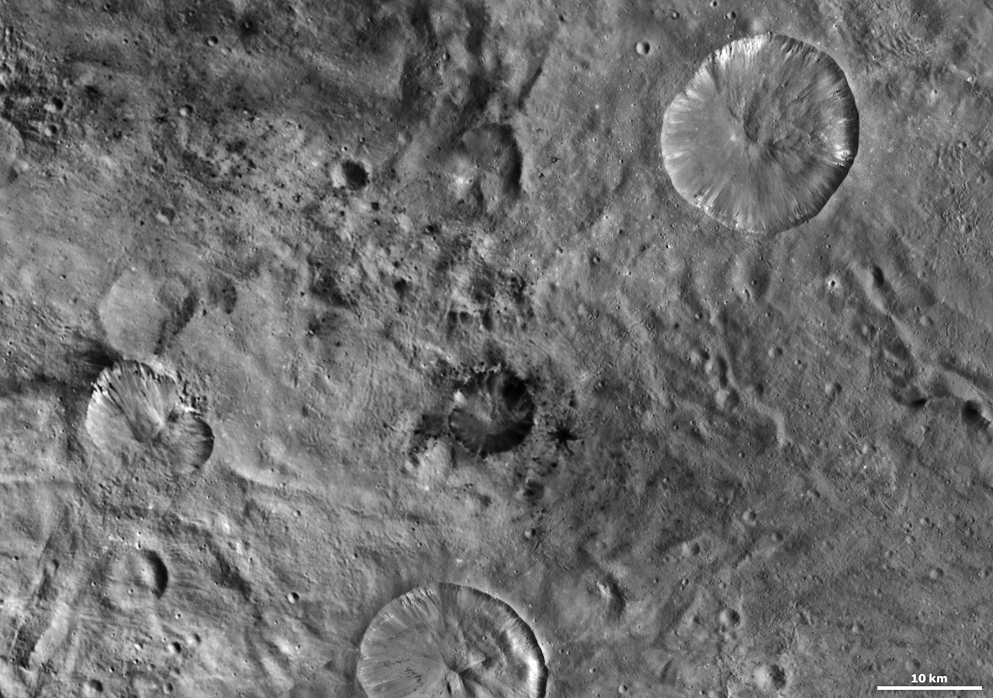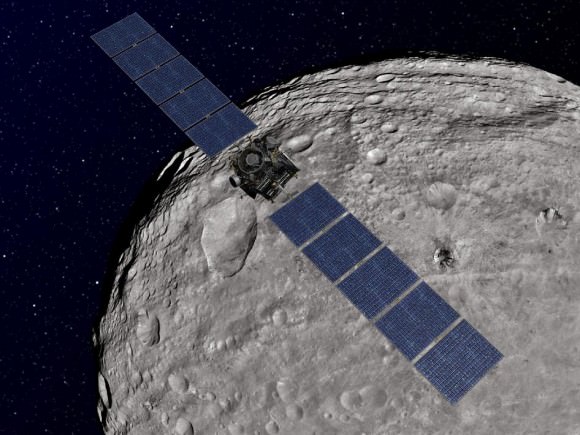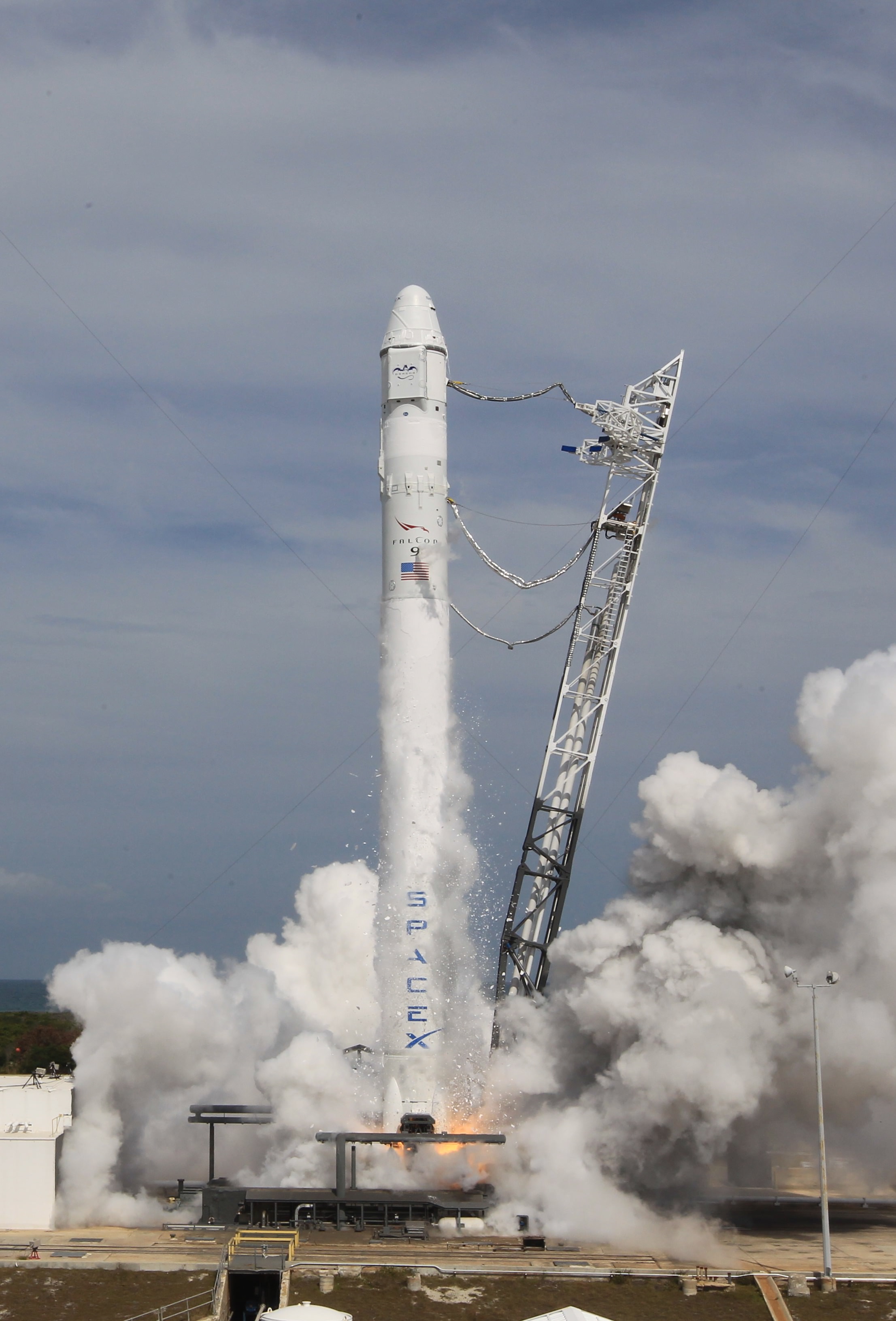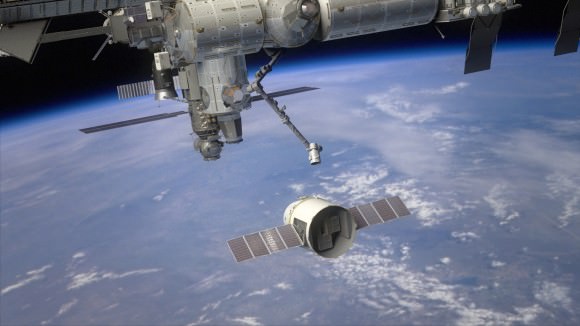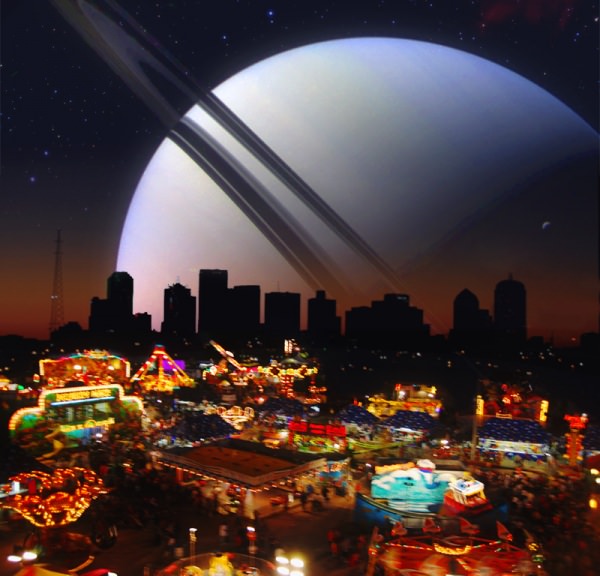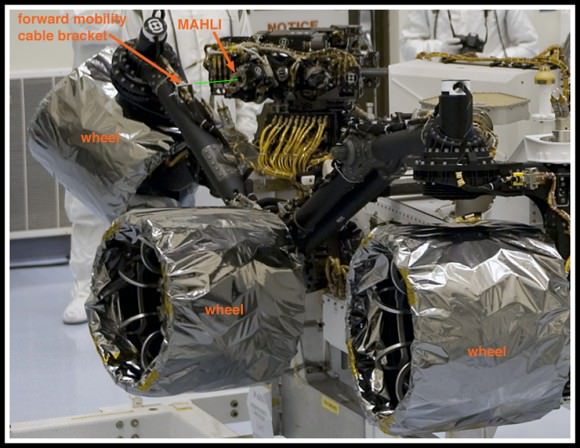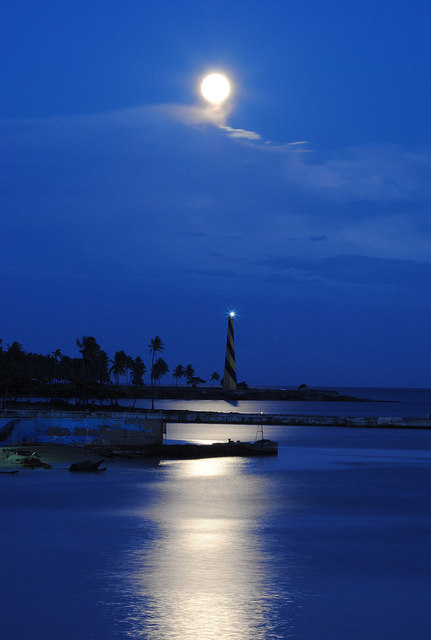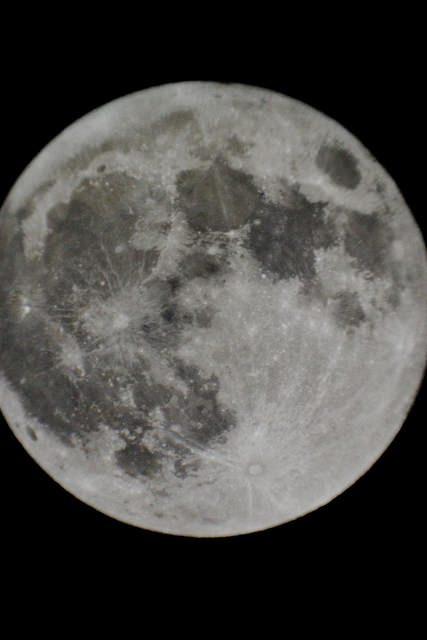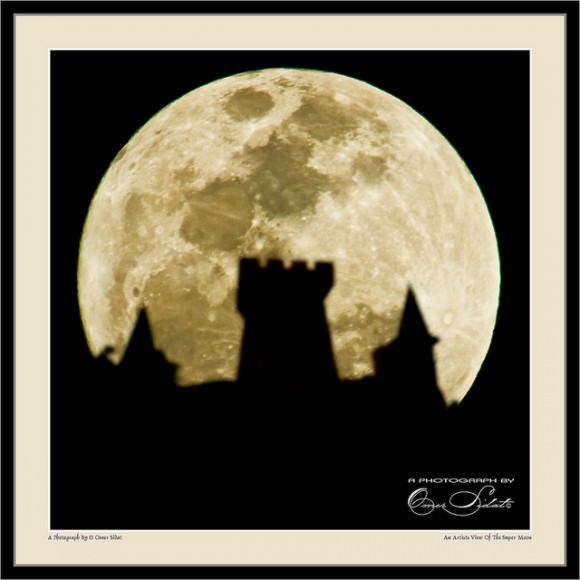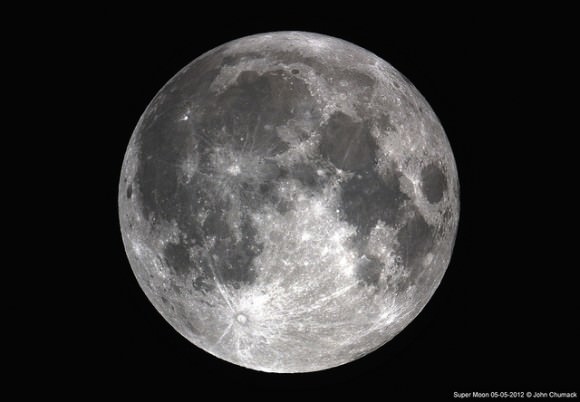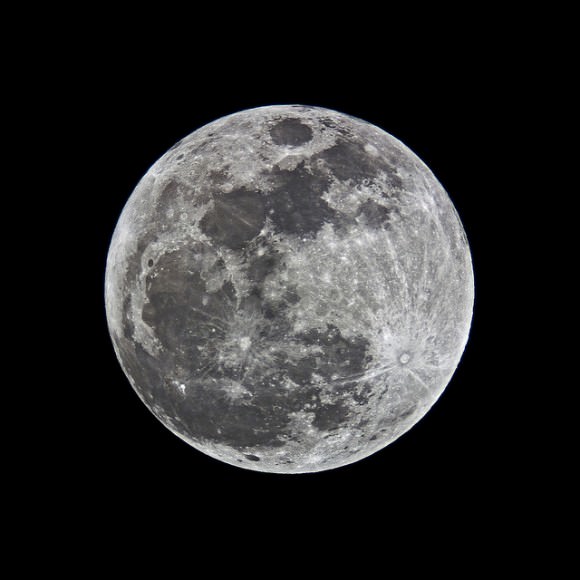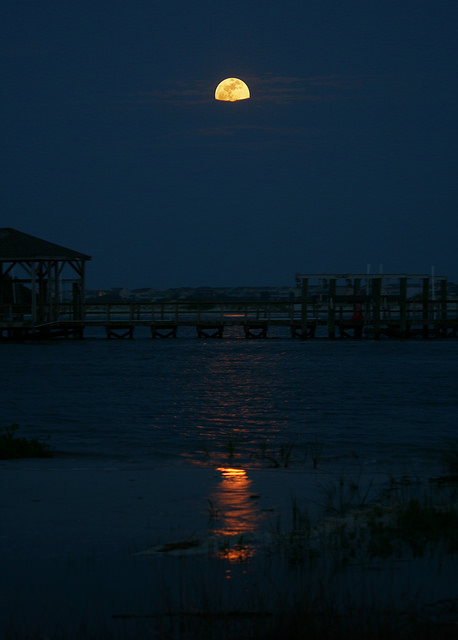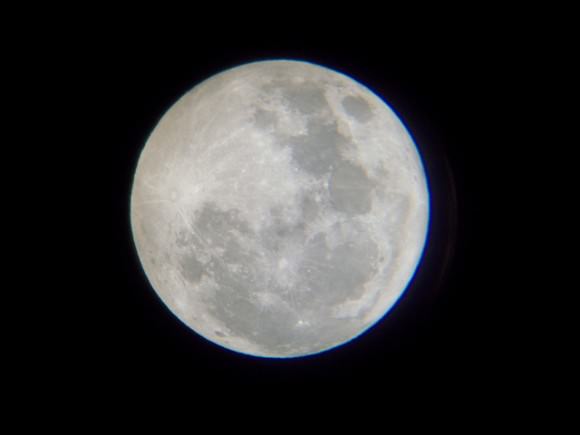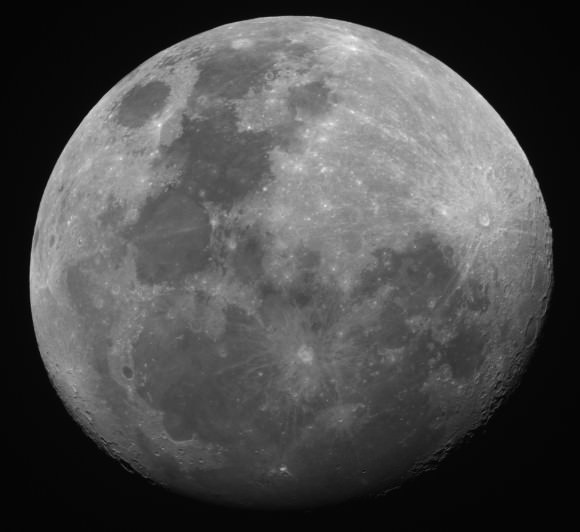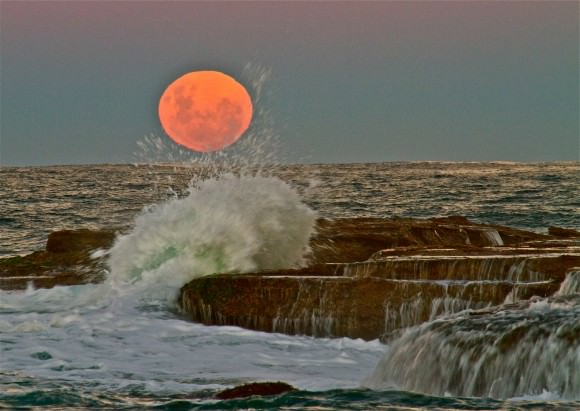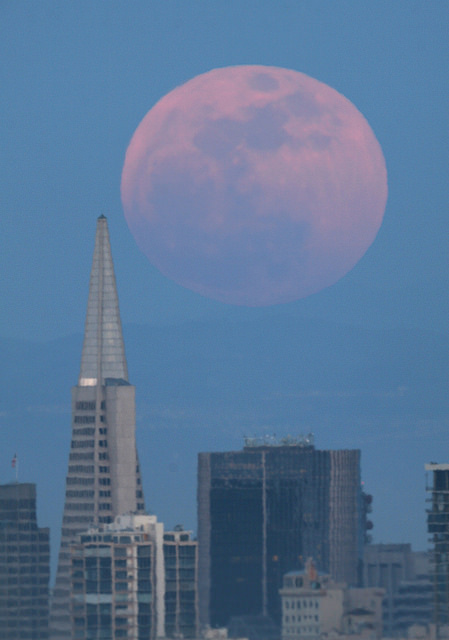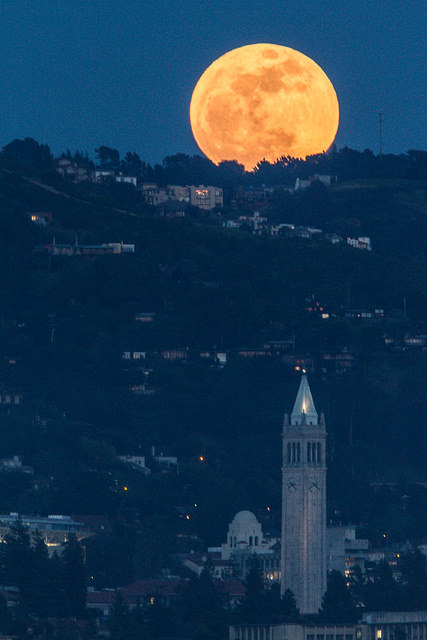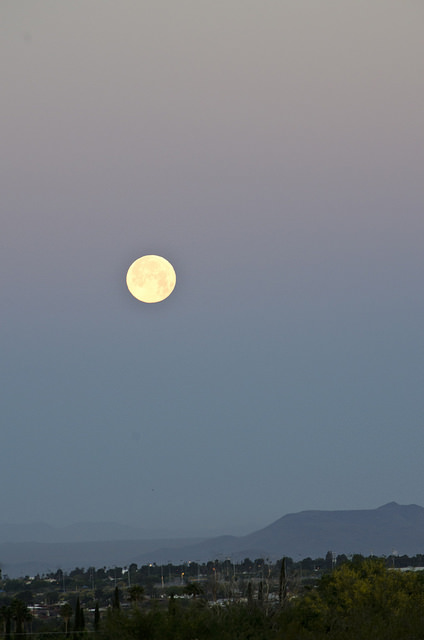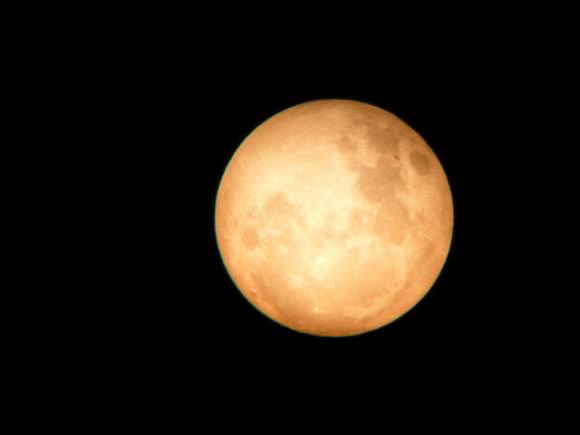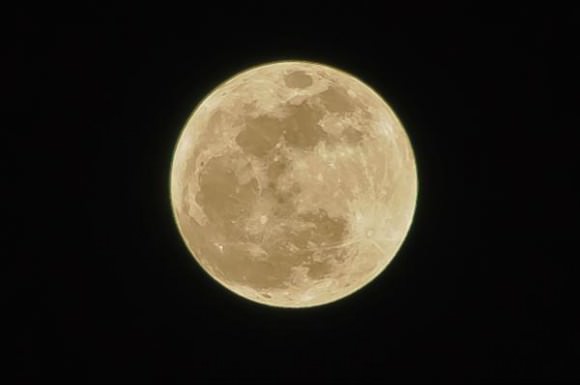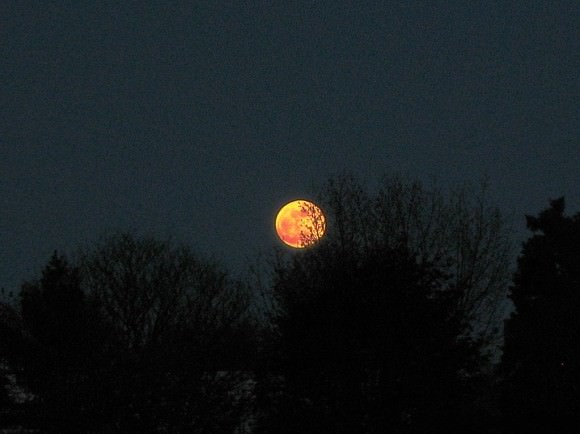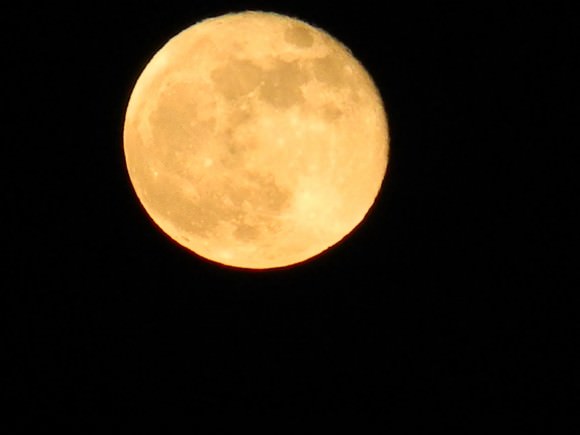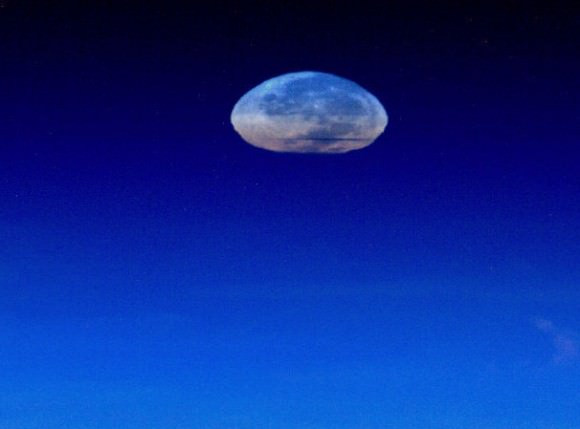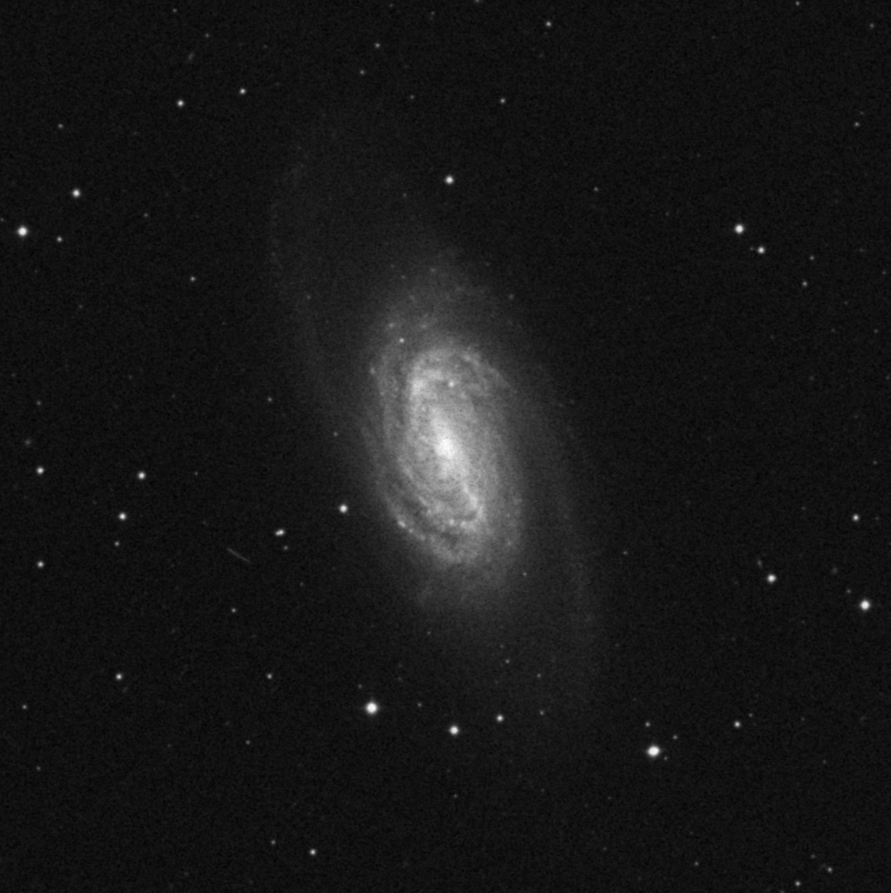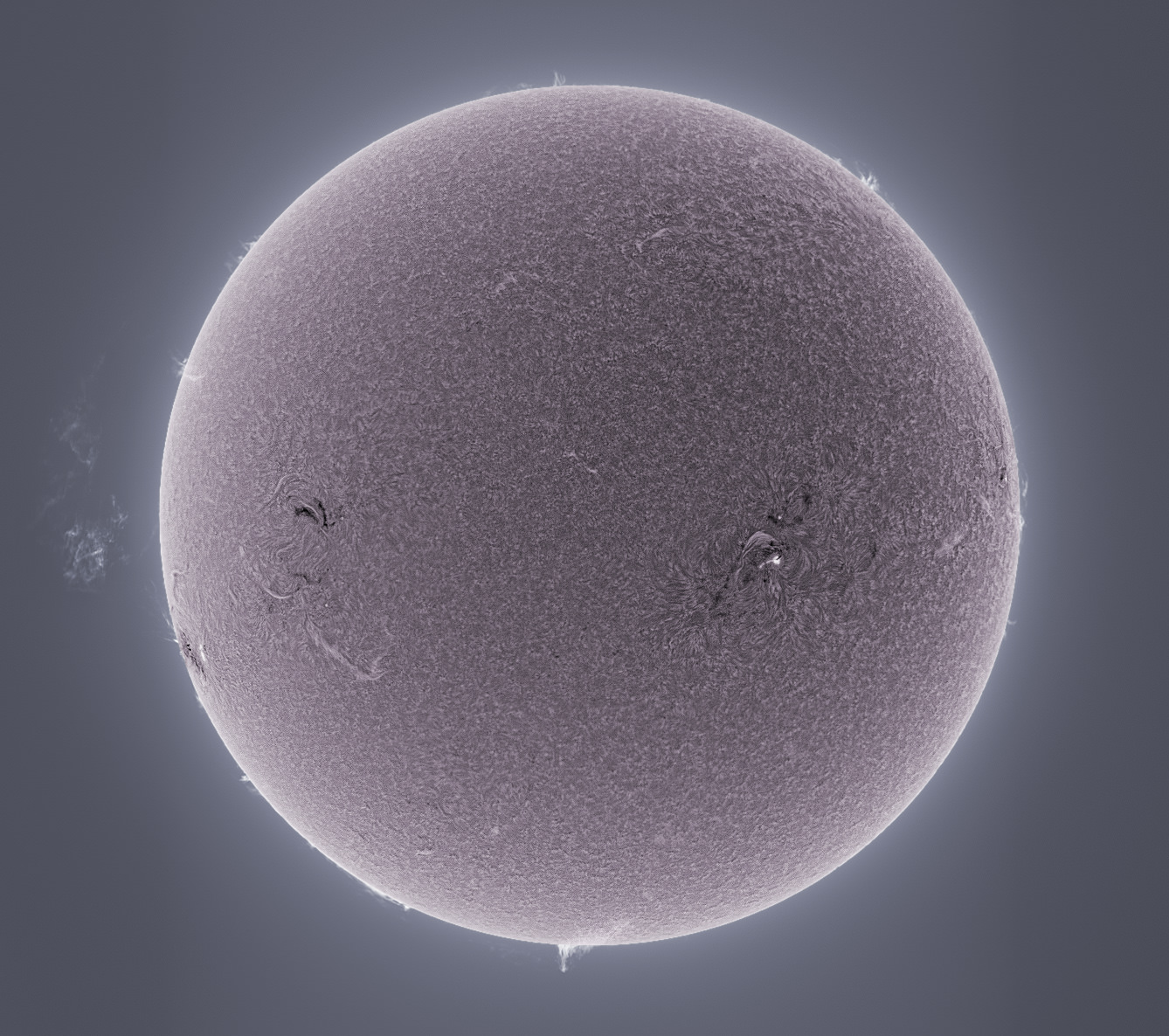[/caption]
Greetings, fellow SkyWatchers! With the Moon rising a bit later each night, it’s time to begin the galaxy hunt once again! Keep an eye on Venus as it heads quickly towards the Sun and becomes more slender and brilliant each night. Don’t forget about Mars and Saturn, too… They are both well-placed for early evening observing. When you’re ready, meet me in the back yard…
Monday, May 7 – Tonight begin your observations just as soon as it is dark and look for an object that can be viewed unaided from a dark location and is splendid in binoculars. Just northeast of Beta Leonis you’ll see a hazy patch of stars known as Melotte 111. Often called the “Queen’s Hair,” this five degree span of 5th to 10th magnitude stars is wonderfully rich and colorful. As legend has it, Queen Berenice offered her beautiful long tresses to the gods for the King’s safe return from battle. Touched by her love, the gods took Berenice’s sacrifice and immortalized it in the stars.
The cluster is best in binoculars because of its sheer size, but you’ll find other things of interest there as well. Residing about 260 light-years away, this collection is one of the nearest of all star clusters, including the Pleiades and the Ursa Major moving group. Although Melotte 111 is more than 400 million years old, it contains no giant stars, but its brightest members have just begun their evolution. Unlike the Pleiades, The Queen’s Hair has no red dwarfs and a low stellar concentration which leads astronomers to believe it is slowly dispersing. Like many clusters, it contains double stars – most of which are spectroscopic. For binoculars, it is possible to split star 17, but it will require very steady hands.
Tuesday, May 8 – Have you checked out Saturn lately? The Ring King is still hanging out with Spica. Before we leave Leo to softly exit west, there is another galaxy that is so worth your time to visit that even binoculars can spot it. You’ll need to identify slightly fainter Lambda to the southwest of Epsilon and head south about one fingerwidth for NGC 2903 (Right Ascension: 9 : 32.2 – Declination: +21 : 30).
This awesome oblique spiral galaxy was discovered by William Herschel in 1784. At a little brighter than magnitude 9, it is easily in range of most binoculars. It is odd that Messier missed this one considering both its brightness and the fact that three of the comets he discovered passed by it! Perhaps it was cloudy when Messier was looking, but we can thank Herschel for cataloging NGC 2903 as H I 56.
While small optics will only perceive this 25 million light-year distant beauty as a misty oval with a slightly brighter core region, larger aperture will light this baby up. Soft suggestions of its spiral arms and concentrations will begin to appear. One such knot is star cloud NGC 2905 – a detail in a distant galaxy so prominent that it received its own New General Catalog designation. NGC 2903 is roughly the same size as our own Milky Way, and includes a central bar – yet the nucleus of our distant cousin has “hot spots” that were studied by the Hubble Telescope and extensively by the Arecibo telescope. While our own galactic halo is filled with ancient globular clusters, this galaxy sports brand new ones!
Be sure to mark your notes with your observations, because many different organizations consider this to be on their “Best of” lists.
While your still in a Leo frame of mind, be sure to have a look at Mars before you go… Tonight the red planet has moved more than 1 AU away from Earth!
Wednesday, May 9 – While our destination tonight isn’t quite so romantic, I think you’ll enjoy getting a “Blackeye.” You’ll find it located just one degree east-northeast of 35 Coma Berenices and it is most often called M64 (Right Ascension: 12 : 56.7 – Declination: +21 : 41).
Originally discovered by Bode about a year before Messier cataloged it, M64 is about 25 million light-years away and holds the distinction of being one of the more massive and luminous of spiral galaxies. It has a very unusual structure and is classified as an Sa spiral in some catalogs and an Sb in others. Overall, its arms are very smooth and show no real resolution to any scope – yet its bright nucleus has a incredible dark dustlane that consumes the north and eastern regions around its core – giving rises to its nickname – the Blackeye Galaxy.
In binoculars, this 8.5 magnitude galaxy can be perceived as a small oval with a slightly brighter center. Small telescope users will pick out the nucleus more easily, but will require both magnification and careful attention to dark adaptation to catch the dustlane. In larger telescopes, the structure is easily apparent and you may catch the outer wisps of arms on nights of exceptional seeing.
No matter what you use to view it, this is one compact and bright little galaxy!
Thursday, May 10 – Tonight let’s use our binoculars and telescopes and return to a globular cluster we’ve studied before- M3 (Right Ascension: 13 : 42.2 – Declination: +28 : 23). You will discover this ancient beauty about halfway between the pair of Arcturus and Cor Caroli – just east of Beta Comae. There’s a reason we’re returning! Discovered by Charles Messier on May 3, 1764, this ball of approximately a half million stars is one of the oldest formations in our galaxy. At around 40,000 light-years away, this awesome globular cluster spans about 220 light-years and is believed to be as much as 10 billion years old. Now, get a grasp on this concept, because our own Sun is less than half that age!
Let’s further our understanding of distance and how it affects what we see. As you know, light travels at an amazing speed of about 300,000 kilometers per second. To get a feel for this, how many seconds are there in a minute? An hour? A week? A month? How about a year? Ah, you’re beginning to see the light! For every second – 300,000 kilometers. M3 is 40,000 years away traveling at the speed of light. In terms of kilometers – that’s far more zeros than most of us can possibly understand – yet we can still see this great globular cluster. Now let’s locate M53 near Alpha Comae. Aim your binoculars or telescopes there and you will find M53 Right Ascension: 13 : 12.9 – Declination: +18 : 10) about a degree northeast.
This very rich, magnitude 8.7 globular cluster is almost identical to M3, but look at what a difference an additional 25,000 light-years can make to how we see it! Binoculars can pick up a small round fuzzy, while larger telescopes will enjoy the compact bright core as well as resolution at the cluster’s outer edges. As a bonus for scopes, look one degree to the southeast for the peculiar round cluster NGC 5053. Classed as a very loose globular, this magnitude 10.5 grouping is one of the least luminous objects of its type due to its small stellar population and the wide separation between members – yet its distance is almost the same as that of M3.
Friday, May 11 – Tonight, start by locating 5th magnitude 6 Comae Berenices about three fingerwidths east of Beta Leonis. Remember this star! We are going on a galaxy hop to a Mechain discovery that is less than a degree west, and its designation is M98 (Right Ascension: 12 : 13.8 – Declination: +14 : 54).
At magnitude 10, this beautiful galaxy is a telescope-only challenge and a bit on the difficult side for small aperture. Long considered to be part of the Virgo Cluster, M98 is approaching us at a different rate than other cluster members, giving rise to speculation that it may simply be in the line of sight. Quite simply put, it has a blue shift instead of red! But considering that all these galaxies (and far fainter ones than we can see), are in close proximity leads some researchers to believe it is a true member by virtue of the extreme tidal forces which must exist in the area – pushing it toward us at this point in time, rather than away.
In a small telescope, M98 will appear like a slim line with a slightly brighter nucleus – a characteristic of an edge-on galaxy. To large aperture, its galactic disk is hazy and contains patchiness in structure. These are regions of newly forming stars and vast regions of dust – yet the nucleus remains a prominent feature. It’s a very large galaxy, so be sure to use a minimum of magnification and plenty of aversion to make out small details in this fine Messier object!
Saturday, May 12 – Tonight we’ll return once again to 6 Coma Berenices and head no more than a half degree southwest for another awesome galaxy – M99 (Right Ascension: 12 : 18.8 – Declination: +14 : 25).
Discovered by Pierre Mechain on the same night as he found M98, this is one of the largest and brightest of the spiral galaxies in the Virgo Cluster. Recognized second after M51 for its structure, Lord Rosse proclaimed it to be “a bright spiral with a star above.” It is an Sc class, and unlike its similarly-structured neighbors – it rotates clockwise.
Receding from us at 2324 kilometers per second, its speedy retreat through the galaxy fields and close pass to approaching M98 may be the reason that it is asymmetrical – with a wide arm extending to the southwest. Three documented supernovae have been recorded in M99 – in 1967, 1972 and 1986.
Possible in large binoculars with excellent conditions, this roughly 9th magnitude object is low surface brightness and requires clean skies to see details. For a small telescope, you will see this one as fairly large, round, wispy, and with a bright nucleus. But, unleash aperture if you have it! For large scopes, the spiral pattern is very prominent and the western arm shows well. Areas within the structure are patchworked with bright knots of stars and thin dustlanes which surround the concentrated core region. During steady seeing, a bright, pinpoint stellar nucleus will come out of hiding. A worthy study!
Sunday, May 13 – Tonight we’ll return again to 6 Comae and our hunt will be for the last of the three galaxies discovered by Mechain on that same wonderful night in 1781. You’ll find it just a fingerwidth northeast of 6. Its name is M100 (Right Ascension: 12 : 22.9 – Declination: +15 : 49).
M100 is one of the brightest member galaxies of the Virgo Cluster of galaxies – and its design is much like our own galaxy. From our point of view, we see M100 “face on,” and even Lord Rosse in 1850 was able to detect a spiral form from a mere 60,000 light years away. Thanks to its proximity to other galactic members, it has two grand arms in which recently-formed, young, hot, massive stars reside. Regardless of what seems to be perfect form, the nucleus shows that younger stars have formed more to the south side than the north. Perhaps an interaction with its dwarf neighbors?
Achievable in binoculars as a soft round glow, and about the same in a small telescope, extensive photography has shown M100 to be far larger than previously believed – with a substantial portion of its mass contained in faint outer regions. The Hubble Telescope discovered over 20 Cepheids variables and one nova contained inside our spiral friend and was more able to accurately determine its distance at 6 million light-years. In addition, NASA’s Ultraviolet Imaging Telescope has shown starburst and formation activity at the edges of M100’s inner spiral arms.
Larger telescopes will see this galaxy’s intense core region as slightly elliptical and sometimes reveal patchiness in the structure. With good sky conditions, even smaller scopes can reveal a spiral pattern, and this improves significantly with aperture. Be sure to look carefully because five supernovae events have been observed in this hot galaxy – one as recently as February 2006!
Until next week? Dreams really do come true when you keep on reaching for the stars!


